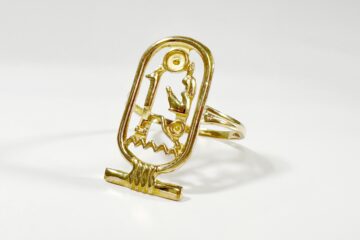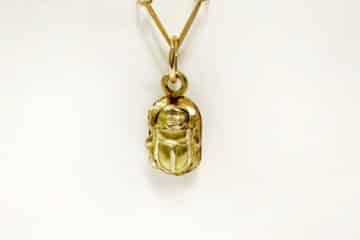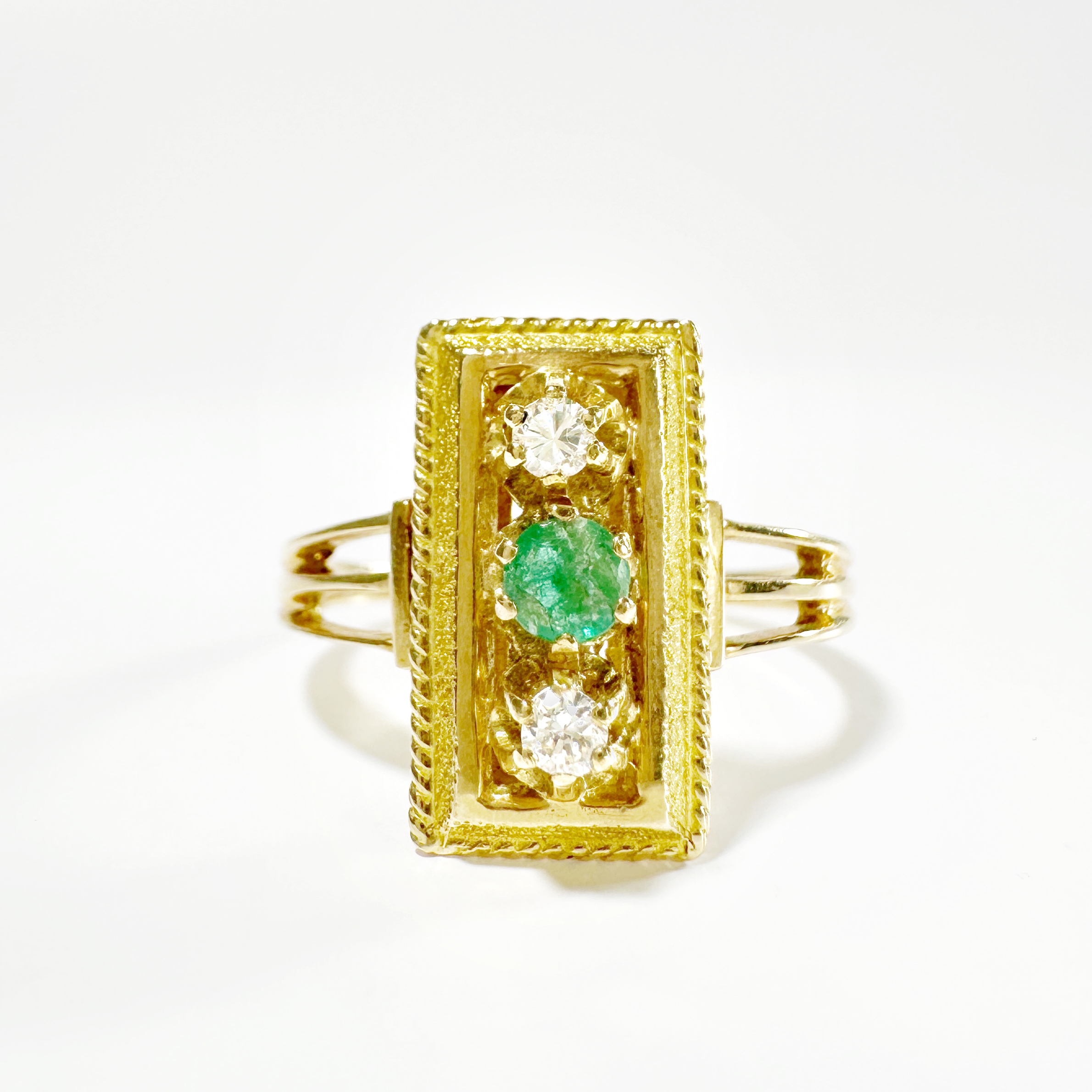A JEWELRY FROM NORTH AFRICA
The “semainier” (literally “the weekly”) takes its roots in Northern Africa, originally found in Niger and Morocco. The seven thin bracelets that make up the semainier represent the days of the week. Traditionally, this jewel was offered to a woman who had just given birth, and each bracelet symbolized a day of waiting before the day of the baptism, on the seventh day. To count down the days, in the purest oriental tradition, women pass the jewel from one arm to the other every morning.
There are several types of semainier. You can opt for smooth and discreet bracelets, finely chiseled ones, with or without a bar to hold them together…
Gradually, this style of jewelry initially dedicated to bracelets has spread to rings, which take up the same principle of by being connected by a central bar that keeps them united.
THE HAREM RING OR TURKISH RING
In a very similar style, we observe harem rings or Turkish rings, which consist of several rings joined by a small bar. Unlike the semainier style which is usually characterized by thin rings of chiseled gold, they are set with precious stones. Their origin goes back to the Ottoman Empire, where sultans offered this jewel to their favorites. Many legends exist around this style. One of them tells that a jealous Turkish king would have offered this complex ring to his wife so that she would not have time to put all the rings back if she was caught in the midst of adultery. The harem-style ring became popular again during the nineteenth century with the Orientalist movement.
Finally, in a more modern way, we can interpret these jewels as a “semainier” counting the five days of the week.





